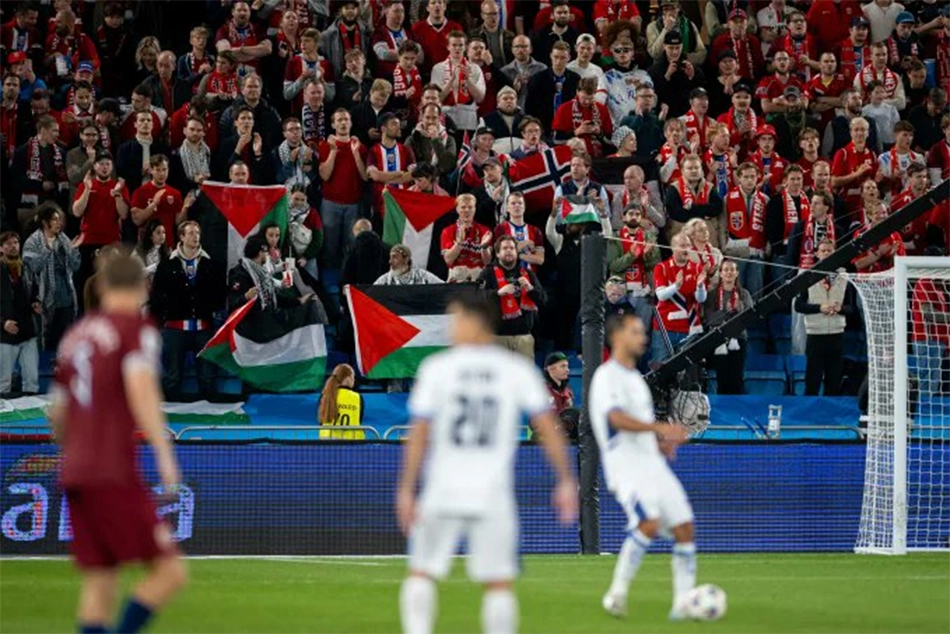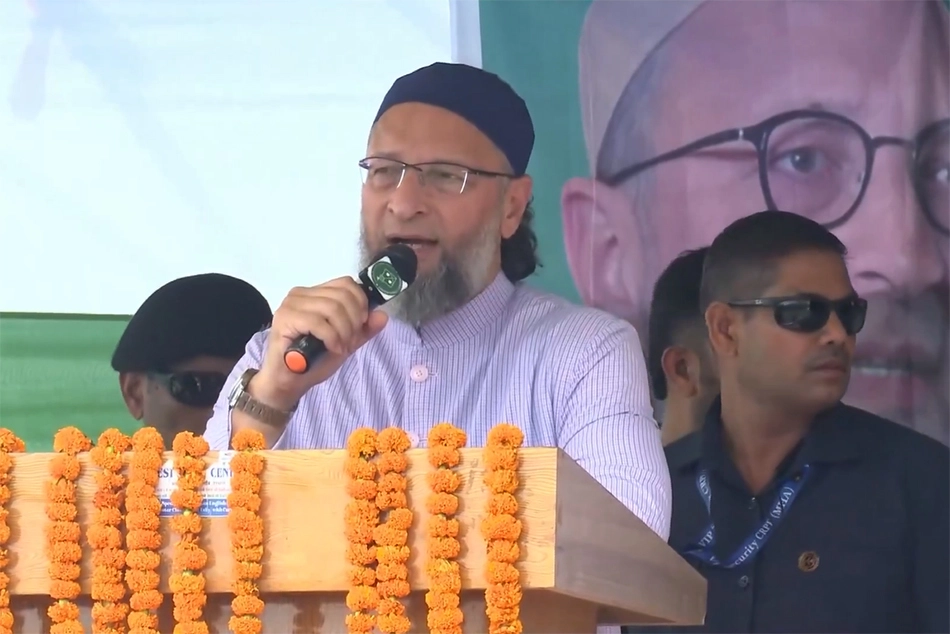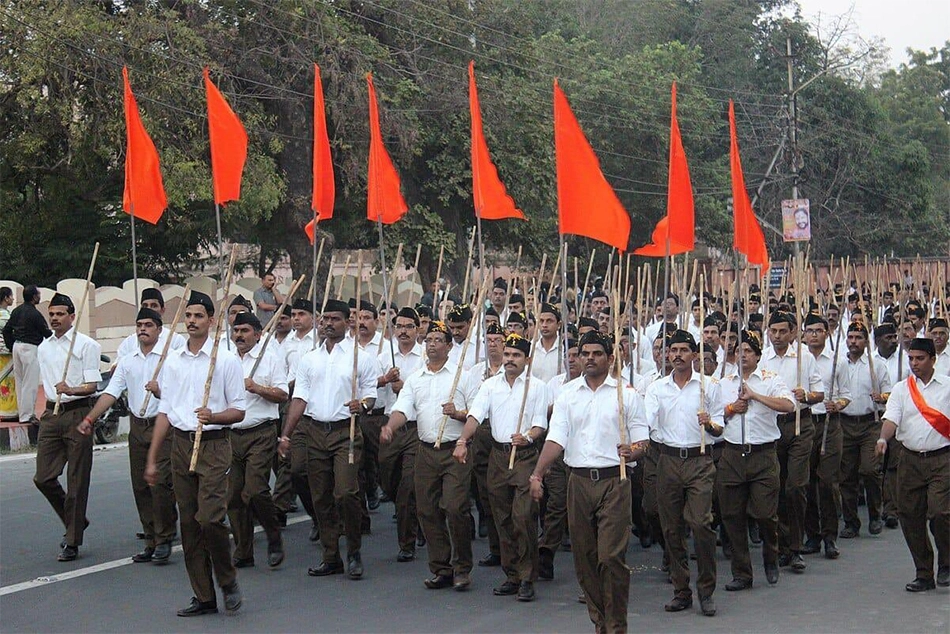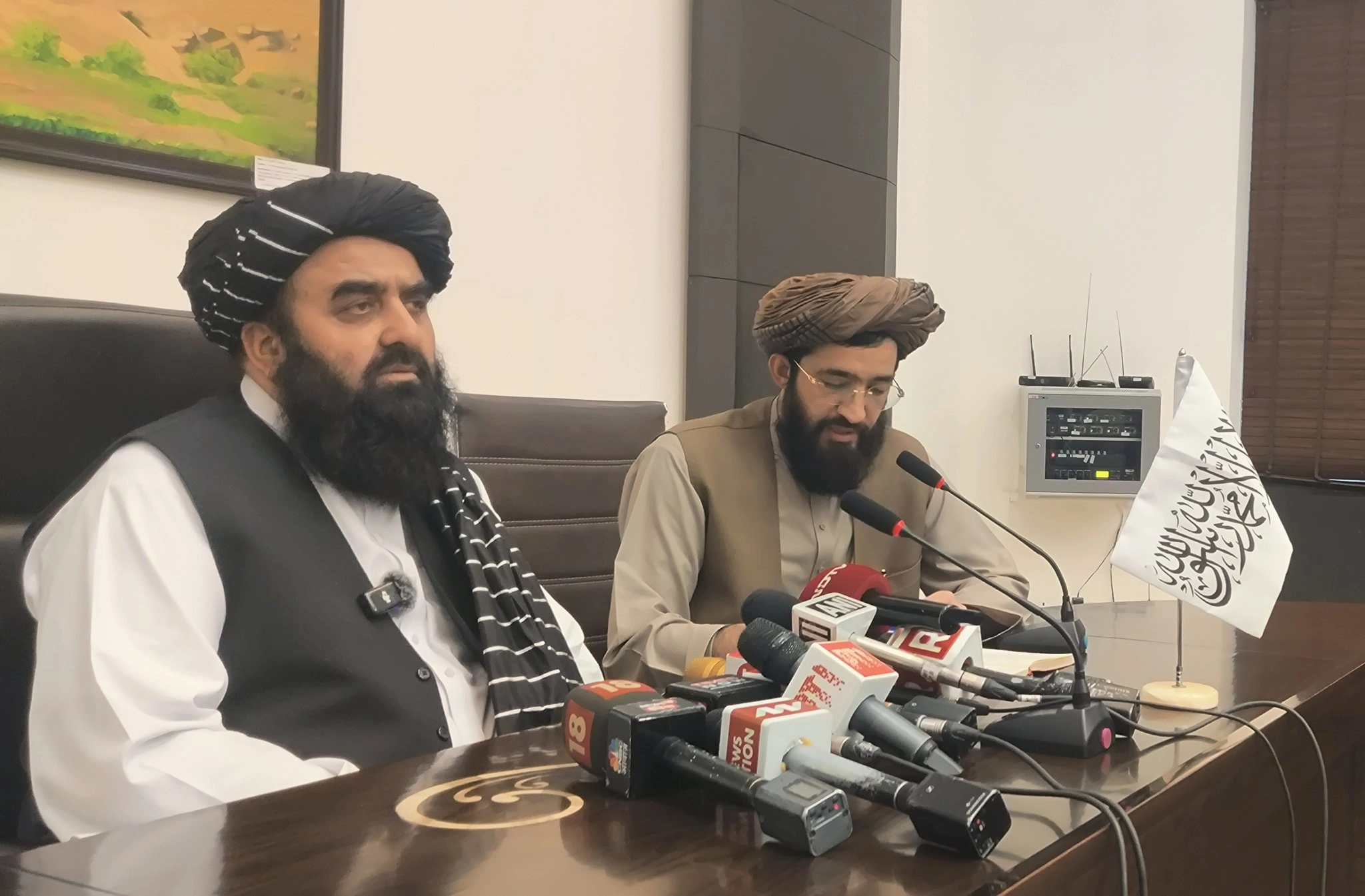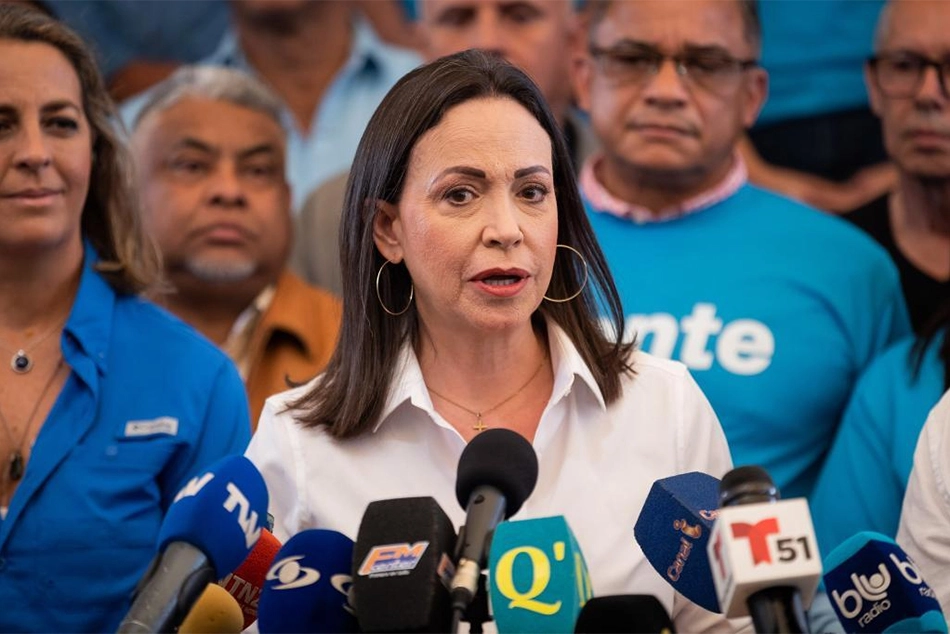
China: Transition from “Panda Diplomacy” to “Wolf Warrior Diplomacy”
China is now the second most powerful soft power country in the world, after the United States, according to Brand Finance’s sixth annual Global Soft Power Index
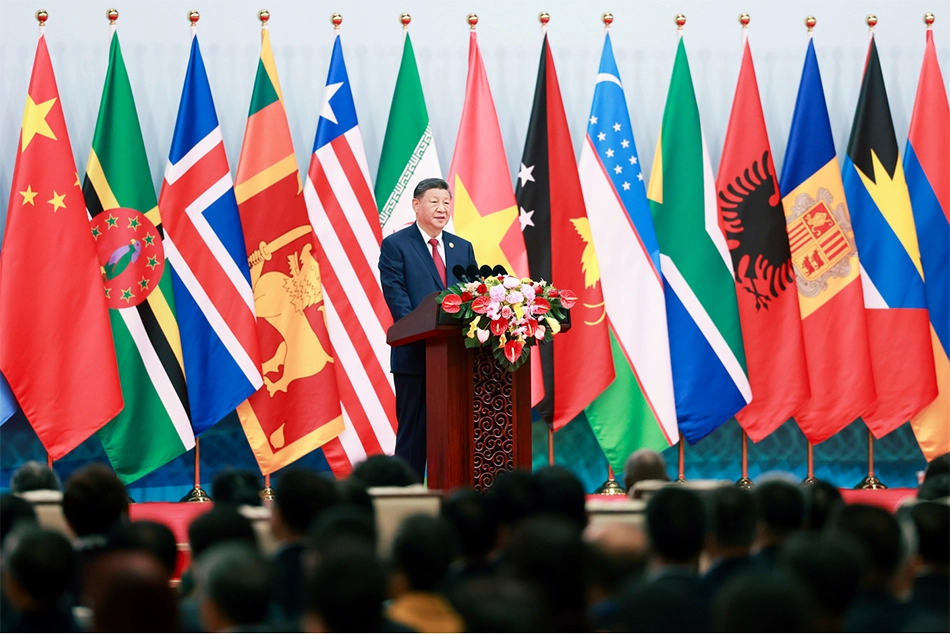
[Chinese President Xi Jinping addressing the opening ceremony of the Global Leaders' Meeting on Women held in Beijing on Monday October 13, 2025]
“They don’t want you to write harsh on their ethnic minority”. If I recall properly, these were the words of an Indian friend pursuing PhD at Shanghai Normal University back in 2017.
Actually, when performing my PhD fieldwork in Sichuan province, a Chinese student supported me as his professor requested, and he gifted me an Apple iPad as a symbol of love and friendship. ‘Chinese manner of giving a positive image of their country,’ another Indian acquaintance said as he sipped his beer in a little Chinese café.
When considering China, terms like “China threat”, “China virus”, “expansionist China”, “communist and authoritarian China”, “Chinese colonisation of Africa”, “debt diplomacy”, and others are frequently used. However, a few phrases that often appear in the speeches and documents of Chinese leaders are “peaceful coexistence”, “harmonious world” , “shared future” , “mutually beneficial ties”, “fairness”, and “multipolarity”.
Since China is reclaiming its place in the global power dynamics, the contrast is more noticeable now. China is viewed by some as a regional and global threat as the world’s power structure shifts from the West to the East, while others regard it as a new, reliable friend and economic powerhouse.
The moot question, though is, how China is competing with Western agendas while simultaneously presenting alternatives for a different, mutually respected global order. According to Joseph Nye’s theory of “soft power”, which involves gaining support from the opposition without using force, China has presented its distinct vision and values to the world community both now and during comrade Mao’s time.
The International Department of the Communist Party of China (CPC) recently invited the Communist Parties, NGOs and other social groups across the country and Communist Party of India Marxist CPI (M) and its General Secretary, comrade M A Baby, to visit China. As part of the programme, the delegation also visited Comrade Mao Zedong’s Mausoleum.
It is worth noting that the Communist Party of India (CPI) is divided for the first time over whether to follow the Soviet or Chinese course. The current CPI (M) rejected the Soviet path in 1964, declaring that the Chinese Chairman (Comrade Mao) is our Chairman. Rather, they rejected Mao’s revolutionary belief that “political power comes through the barrel of a gun” and joined India’s parliamentary system in 1967.
This was not limited to India; the Chinese interpretation of Marxism also extended throughout Africa, Latin America, Asia, and even became apparent in French student uprisings in 1960s. Nepalese, Korean Vietnamese, and even Indian Maoist forces still adhere to the revolutionary tradition of comrade Mao and CCP by using guerrilla methods. After the 1970s, Chinese people demonstrated their support for global solidarity and South-South cooperation by participating in the anti-colonial struggle, the liberation movement, and even rejecting American and Soviet bipolarity.
Starting with Mao’s revolutionary and ideological appeal, through Deng Xiaoping’s pragmatic development diplomacy, China managed to bolster Hu Jintao’s “peaceful rise” narrative. The current Chinese establishment, led by Xi Jinping, appears to be more assertive in terms of military force, scientific innovation, and economic manoeuvring.
China is now the second most powerful soft power country in the world, after the United States, according to Brand Finance’s sixth annual Global Soft Power Index.
Of course, in the modern world, the United States of America (USA) outperforms any other nation, including China, in terms of economy, military, and cutting-edge technology. How did China, which was formerly isolated, end up becoming the second most powerful nation in the world over time? How did China get to where it is now? Are political and bilateral ties enough to further its story alone?
China has shaped the global structure in a variety of ways over the last decade, particularly after Xi Jinping took over the CCP. The erosion of US institutional leadership, particularly President Trump’s exit, allows China to establish its own procedures. From the Belt and Road Initiative to the New Development Bank, and expanding influence within organisations co-founded by Washington, such as the United Nations and the World Trade Organisation.
China stepped in quickly to fill the void left by the recent USAIDS issues and the HI-B Visa dispute. It is argued that, the term “Washington Consensus” is gradually giving way to “Beijing Consensus.” A couple of examples that defy the logic of free trade and globalization, the central tenet of “end of history and the last man”, are tariff slapping and trade wars.
China currently leads the world in manufacturing, drones, solar and wind energy, and purchasing power parity (PPP). It is also the world’s greatest producer and processor of numerous rare earth minerals. Its territorial borders are the longest of any nation, and it possesses the biggest standing army in the world.
In an effort to sustain itself, emerging China is also attempting to mobilise its institutions, resources, and methods for the dissemination of its values and ideals. In the academic community, it is referred to as China’s “Quiet Diplomacy”: The Chinese Communist Party’s International Department (ILD) was established in the 1951 solely to establish interpersonal relationships in order to disseminate Chinese national interests and thought patterns.
Official Chinese media sources state that the leaders of more than 500 political parties and organisations from more than 160 nations came together for this July’s summit. Party-to-party diplomacy, public diplomacy, and people-to-people diplomacy are three-pronged strategies used to address conflicting issues that are unlikely to be handled through formal channels of foreign policy.
Why is it surprising to anyone that following Wardha’s Mahatma Gandhi Antarrashtriya Hindi Vishwavidyalaya workshop last year, Chinese delegates visited Smruity Mandir, the memorial of Keshav Baliram Hedgewar, the founder of the Rashtriya Swayamsevak Sangh (RSS)?
In just over a decade, Confucius Institutes grew to over 500 centres in 160 countries, making them a key component of China’s international language and cultural diplomacy. Students from America, Africa, and Europe are learning Mandarin in their summer schools. Cheap and economical Chinese items are apt for Asian and African societies, regardless of whether native nationalist sentiments flow through their veins. Chinatowns and Chinese cuisine corners may be found everywhere, from cosmopolitan cities like New York to rural villages in Uttar Pradesh.
Though, the goals of Euro-American aid programs were/are supposed to enhance human rights, education, governance, health, and the environment in poor nations. The concept of “soft power” itself emphasises the liberal framework in which the role of “civil society” becomes essential in promoting liberal values. However, the CCP’s “democratic centralism” lacks these ideas. Not just the CCP, but the Chinese Confucius culture places a higher priority on economic and communal prosperity than the individualistic democratic values.
Additionally, Chinese influence would be comprehensive rather than fragmented. In any part of China, there are more CCTVs than police officers and traffic personnel. The dragon government has an unmatched “surveillance” apparatus that goes against the notion of individual freedom and privacy.
Keep in mind that China has progressed from “Panda Diplomacy” to “Wolf Warrior Diplomacy”.
[The writer, Dr Chandra Sen, is PhD from Centre for East Asian Studies, School of International Studies, JNU. He has published several articles on national and International journals on International and national affairs. He also received China India Scholar-Leaders (2018-2020) Fellowship, India China Institute, The New School, New York USA.]
Follow ummid.com WhatsApp Channel for all the latest updates.
Select Language to Translate in Urdu, Hindi, Marathi or Arabic

